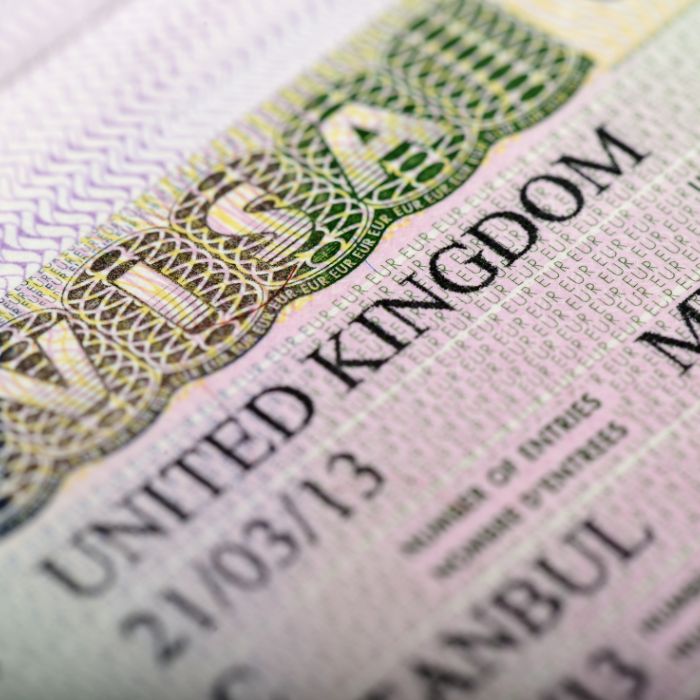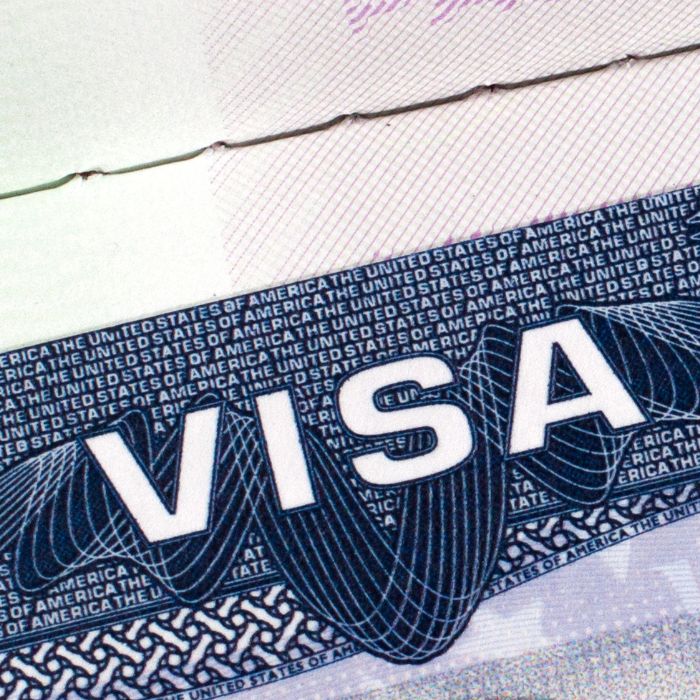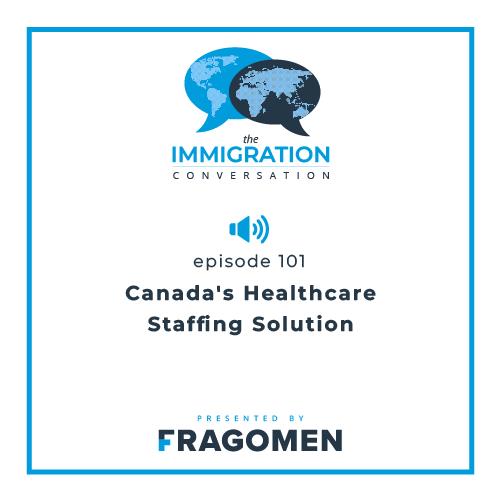2015’s Business Immigration Trends
November 27, 2015
By: Mario Tablan
This year has seen a number of significant changes in business immigration across the Asia Pacific region, emphasizing a more relaxed approach to permanent residency, easing of visa requirements for foreign business travelers, and improving processing procedures and timeframes in certain key countries. However, there has also been a continuous tightening in other countries.
China, India and Japan: Talent and Permanent Residency programs
In an effort to attract high-level foreign talent, the Shanghai Public Security Bureau relaxed the rules relating to Permanent Residency (PR) for skilled workers, new graduates and other foreign workers. Through the R (Talent) Visa, qualified highly-skilled foreign nationals will now be eligible for a Work-Type Residence Permit. Valid for five years and with significantly shorter processing times, the permit also allows hiring of foreign housekeeping workers. Furthermore, the foreign worker may become eligible to apply for a Chinese PR after working in Shanghai for three years.
Those who do not qualify for the R (Talent) Visa may still benefit from a new application category for foreigners working and living in Shanghai. Under this new category, qualified applicants with accompanying dependents can now apply for a Chinese PR together with the main applicant. These measures were put in place in an effort to attract and retain foreign nationals who possess skills that are urgently needed in Shanghai. PR holders are able to work and live in China for ten years initially, with the possibility of being granted further renewals.
In India, the country’s closest equivalents to the permanent residence program – the categories known as the Person of Indian Origin (PIO) and the Overseas Citizen of India (OCI) – have been merged, with the latter surviving the merger. Updated guidelines have been released by the Indian government to facilitate the transition. The OCI program is a multiple-entry, life-long visa which enables the holder to enjoy unlimited travel, stay and work rights in the country. Foreign nationals residing in India or abroad can file an “OCI in lieu of PIO card” application at the registration office which has jurisdiction over the place where they currently reside.
Other countries are also beginning to streamline skilled foreign nationals’ stays to ease the permanent residence application process. For example, Japan has established a new law and residence status for foreigners with advanced and specialized skills, enabling them to apply for permanent residence after only five years instead of the usual ten.
As the results of these changes begin to take effect, it will be interesting to observe how other countries choose to modify their own permanent residence requirements in order to retain highly-skilled workers.
Thailand and Vietnam: Changes to business visitor requirements
March 2015 saw a welcome change in business visa policy as the Thai government announced it will no longer require work permits or Urgent Work Permits (UWP) for activities that are widely regarded as permissible business activities in the region. These include, amongst other activities, attending business meetings, conferences, seminars or board meetings. Business visitors may now enter the country to conduct these activities on visa-exempt or visa-on-arrival status, or on a Non-Immigrant B Visa.
Vietnam, however, enforced tighter requirements for business visitors this year. Formerly, business visitors were able to obtain a Multiple Entry Business Visa (MEBV) upon arrival in the country, but must now obtain an MEBV from a Vietnamese Embassy prior to travel. Moreover, local sponsoring companies who file MEBV applications are now required to submit additional information relating to the foreign employee, which necessarily increases processing time.
Malaysia, New Zealand and India: Online application portals
Online visa application systems were launched this year for both Malaysia and New Zealand, aimed at offering a faster and more convenient way to submit visa applications. The Malaysia Expatriate Talent Service Centre (MYXpats Centre) was launched in July, focusing on a faster and more consistent method of processing expatriate-related passes. The facility is available for applications filed through the Expatriate Service Division (ESD).
Also in July, Immigration New Zealand launched Immigration ONLINE, a fast, convenient system that allows foreign nationals and (in some cases) their representatives, to apply and pay for work, business and student visas and upload supporting documentation online.
India’s online tourist visa-on-arrival facility was expanded this year to include processing of business visas. Originally known as the Tourist Visa on Arrival (TVoA) and later as the e-Tourist Visa (eTV), it has now been re-branded as the Electronic Travel Authorization (ETA). This change in name was not simply arbitrary, but chosen to reflect the expansion of the facility to accommodate both tourist and business visa applications. This is welcome news for employers who were previously required to apply for business visas at Indian Missions abroad prior to travel. Use of this facility drastically cuts the processing time to a mere 72 hours instead of several weeks.
As at August 2015, the facility has been made available to 113 countries, with this figure expected to rise to 150 countries by the end of March 2016. As a result, the numbers of tourists and business visitors to India have already risen dramatically.
Philippines, Singapore and Indonesia: Stricter work authorization requirements
The Philippine Bureau of Immigration this year announced rules requiring employers sponsoring 9(g) Visas to submit additional certification relating to the number of Filipinos and foreign nationals in their employ. Additionally, those sponsoring 47(a)(2) visas are required to obtain a Certificate of No Objection from the Department of Labor and Employment (DOLE) if they exceed the 5% foreign worker quota – a significant change from the request letter which formerly sufficed. We also saw the introduction of a new Understudy Training Program (UTP) in September, which aims to facilitate knowledge transfer from foreign nationals to two local counterparts. This program must be submitted to the DOLE as part of the Alien Employment Permit (AEP) application.
Singapore further strengthened its online e-filing system by mandating all Employment Pass, S Pass, Work Permit, Dependent Pass and Long Term Visit Pass applications to be filed online, with few exceptions permitted. The Ministry of Manpower also implemented stricter rules relating to job posting requirements, now directing employers to publish salary ranges for job vacancies posted on Job Bank, an online job portal administered by the Singapore Workforce Development Agency. The Singapore government is implementing these stricter protocols to encourage companies to exert more efforts to hire locally.
In Indonesia, the government issued a Regulation in June announcing several major changes, including:
-
The removal of the work permit recommendation application (TA-01) from the work permit application process;
-
Enforcement of a 10:1 ratio of local workers for every foreign employee;
-
Work permit requirements for non-resident Directors and Commissioners;
-
Restrictions on the list of allowable activities for business visitors; and
-
The introduction of two new short-term work permit categories exempt from co-laborer requirements.
Some of these changes were short-lived, lasting only as long as October. This was largely due to feedback from the business community, which prompted the government to issue another Regulation reversing some of the more restrictive amendments, including the ratio requirement, work permit requirement for non-resident Directors and Commissioners, and the restrictions on business activities.
AEC Update: Mutual Recognition Agreements (MRAs)
In pursuit of its goal to facilitate the free flow of skilled labor, members of the ASEAN Economic Community (AEC) have signed mutual recognition arrangements (MRAs) in eight professions:
-
Engineering;
-
Nursing;
-
Architecture;
-
Medicine;
-
Dentistry;
-
Tourism;
-
Surveying; and
-
Accounting.
These MRAs seek to facilitate cross-border labor mobility and allow the recognition of education and experience, licenses and certificates gained from a member country. The goal is to allow skilled workers in these professions to have their credentials recognized in all 10 ASEAN member countries. However, significant implementation issues remain as some member countries are yet to ratify the agreements. Please also note that notwithstanding this mutual recognition of professional qualifications, the usual work pass requirements shall apply.
These developments, together with the establishment of the ASEAN Community and Vision 2025 last November 22, signals a determined push towards integration. It will be interesting to see what changes lie in store for workforce migration in the AEC as the region enters the new year.














